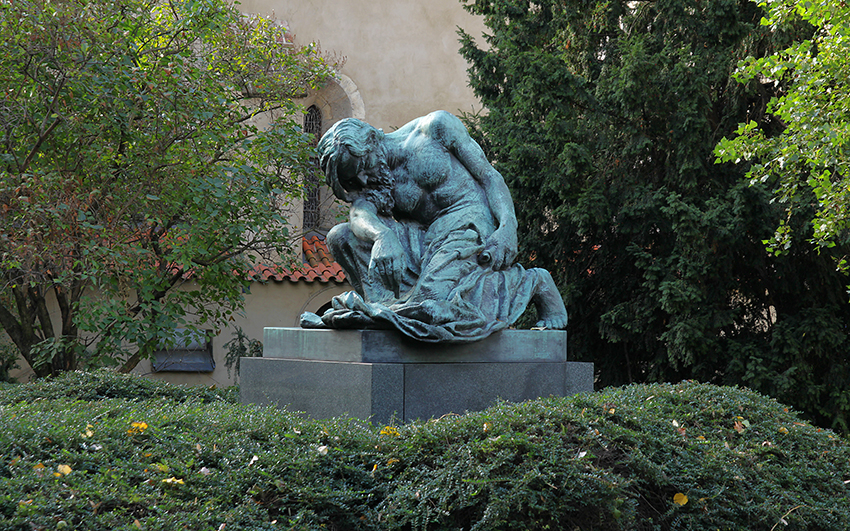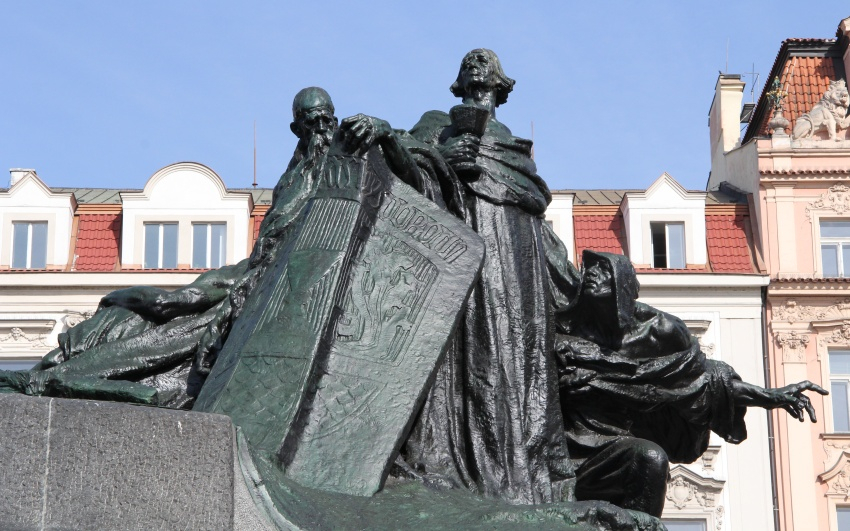Information
Address
GHMP Zvon
Staroměstské nám. 605/13
110 00 Prague 1 – Staré Město
Map
The building is not barrier-free.
Contact
Public space sculpture management
T +420 776 540 496
E verejnaplastika@ghmp.cz
The department
In 1963, the Prague City Gallery was officially put in charge of the management of the collection of public space sculpture owned by the City of Prague. The gallery has since then taken systematic care of the sculpture in its charge, performing both routine upkeep and maintenance duties, as well as managing large-scale restoration projects aimed at reinstating the original material and artistic values of works on public display. Apart from that, the department devotes part of its operation to work on exhibition projects. Of these, a medium-term exhibition entitled Stone Treasures from Prague Gardens is currently open to visitors in the cellars of Troja Château. The department is involved in organizing commented viewings for the general public, building up archives of documents relating to the collection of sculpture in its charge, and since 2019 participating in a programme under the motto Art for the City.
Collection of public space sculpture
The collection of public space sculpture in the keeping of the Prague City Gallery has duly reflected the development of the art of sculpture in Prague from the 11th – 21st centuries. It features prominently one of the earliest surviving sculptural works of Bohemian provenance: a Romanesque figure relief originally located in one of the towers of the ancient Judith Bridge. That said, the collection as a whole is centered chiefly around outstanding monuments of Baroque sculpture. There, its abundant examples include prominently a gallery of statues and sculptural groups from the high-Baroque period lining Charles Bridge, mythological sculptures and garden vases made by Matthias Bernard Braun for Vrtba Garden, and an array of vases and sculptures in the garden of Troja Château.
Works representing the 19th century project the shift of socio-historical emphasis onto prominent figures of national life, a trend which led to the construction of large-scale monuments, exemplified by the Jan Hus Memorial in Prague’s Old Town Square, the statue of St Wenceslas in the eponymous square, or the monument of František Palacký on the Vltava embankment. From the mid-20th century, an output of newly installed memorials to the victims and heroes of World War II came to be complemented by nonideological sculptural works installed in public spaces. In the second half of the 20th century the larger part of government funding of art went to art works located in newly constructed housing developments and public buildings. Artworks put in place during the communist era do include valuable creations by contemporary artists, compatible with the trends then prevailing on the international sculptural scene at large.
Public space sculpture continues to be a lasting and organic aesthetic component of the urban exterior.


